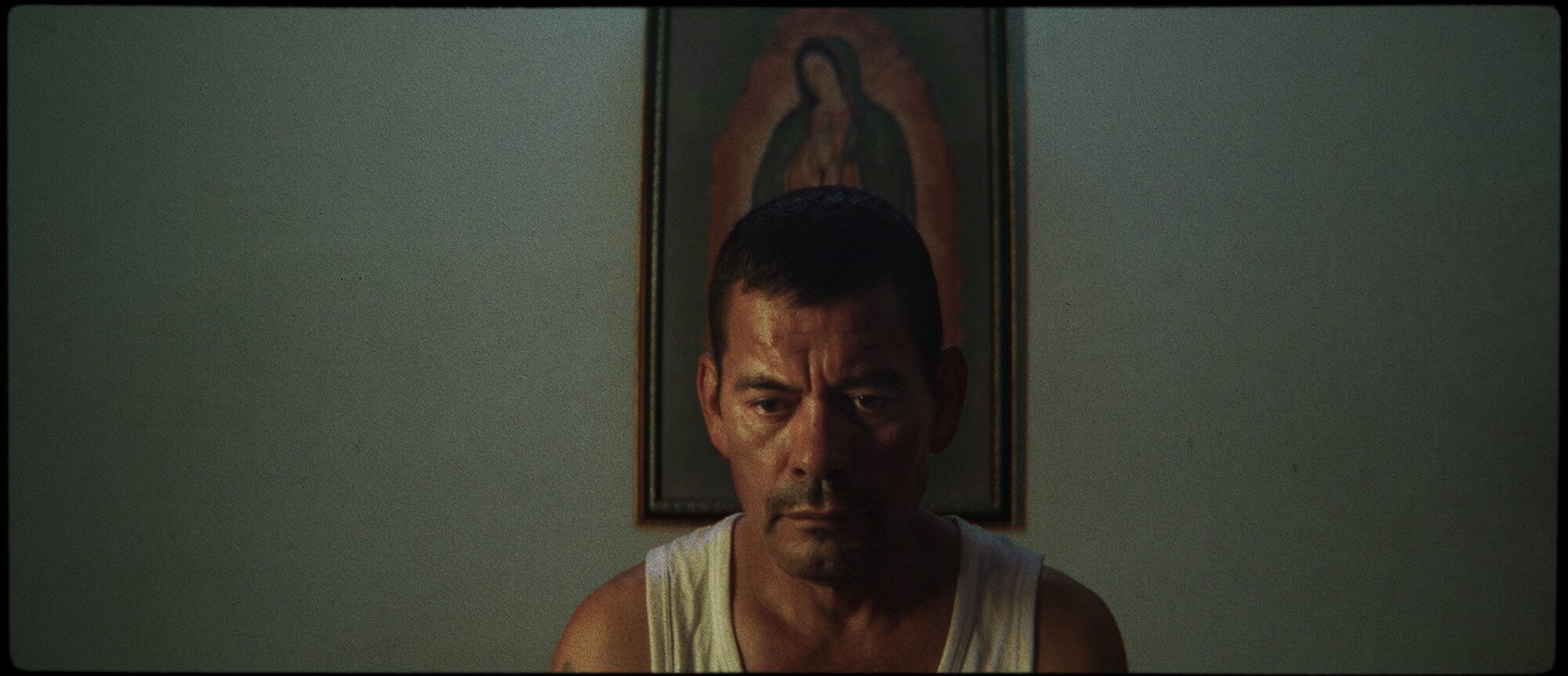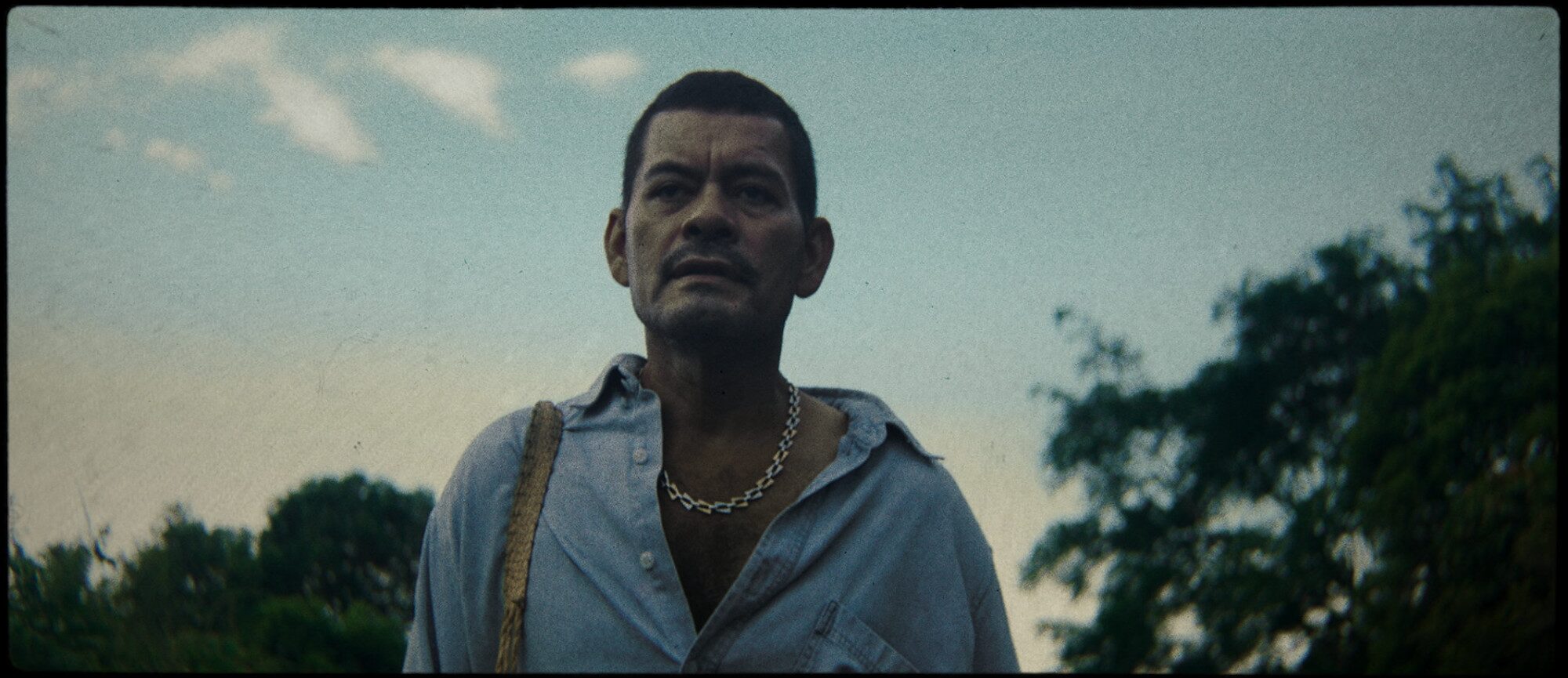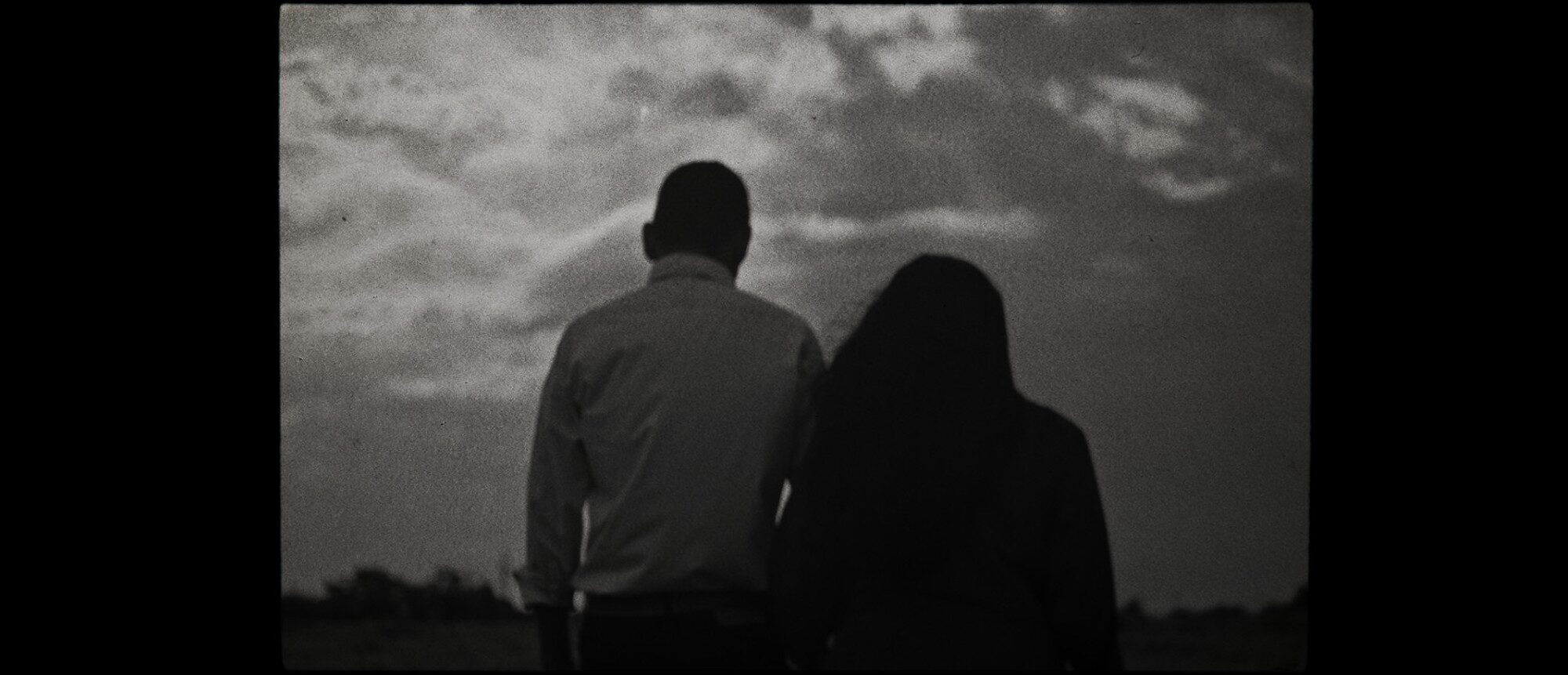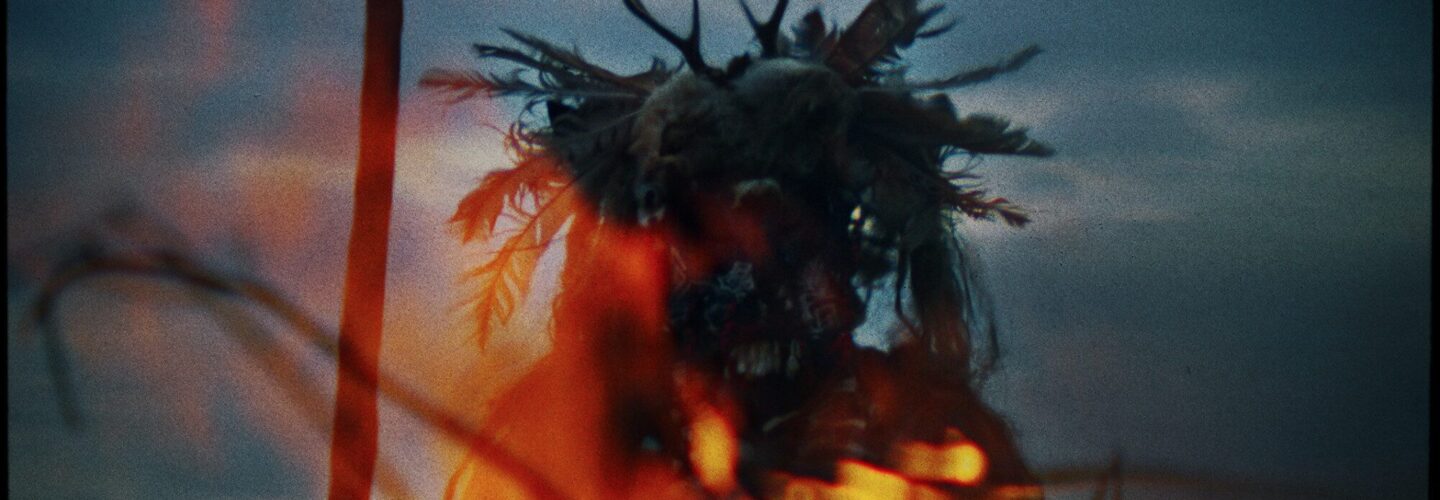
Director Santiago Posada’s music video for Miraclis’ Scienter is rooted in a 280 year old rural Colombian tradition that centres on a gathering of the region’s horsemen, who present an equestrian spectacle exploring the battles between the indigenous people of years past. Taking over six years to make, Posada’s video is the product of his own journeys as a filmmaker to the festival on multiple occasions to garner research and get to know the locals. This in-depth approach is reflected in the construction of the video as Posada displays the traditions of these people intimately through a textured and mystical cinematic lens. DN joined Posada for a conversation about the multiple trips he took to the oldest festival in the plains region of Colombia, his decision to place these traditions in a fictionalised context, and the pleasure of working with the locals to bring it all to fruition.
Where did you first come across the festival of Cuadrillas?
I came across the festival of Cuadrillas, as it’s popularly known, through a news article about five or six years ago. There was this photo of one of these horsemen, dressed up with all sorts of bizarre objects hanging from him, covered with animal skins and wearing this huge mask that resembled some sort of mythical creature. He was riding a white horse painted with black stripes, and I remember just being struck by the image, thinking what the hell is this? It turned out to be a picture taken at a popular festival in the village of San Martin in the plains region of Colombia.
How soon after discovering this image did you venture to the village itself?
As soon as I had some spare time, I decided to go there to find out more. We started talking to the locals and walking around the village. I particularly remember this old man who invited us to his place where he had these amazing old black and white photos of horsemen hanging on his walls. His house was filled with masks, animal horns, skins and all sorts of paraphernalia. He told us the festival was founded by a missionary priest from Spain almost 300 years ago, which explained why two groups of horsemen represented Spanish Moors and Indians, while the other two represented African and indigenous people. The historical facts started to get all muddled up once a tourist guide and other people joined the conversation. They all had different versions, dates and names, which immediately put me off of doing anything like a documentary where we had to present historical facts. I realized I was just interested in the character I saw in the picture.

How did you look to place the history of this village into a fictionalised context?
I started to mull over the idea, fantasizing about who this character could be in a fictionalized universe. Where does he come from, who is he? Is he some kind of night warrior or a ghost? I left the village with the plan of coming back for the next edition of the festival which was going to take place next year. So I went back the next year with a small camera and took some photos and shot some footage.
I realized I was just interested in the character I saw in the picture.
Did you converse with any of the locals that time around to gain any further details?
I tried to talk to the horsemen but nobody paid much attention. The rum was flowing since the early hours and the hectic crowds and the general atmosphere made any planning impossible. I woke up in a small hostel with a terrible hangover. There was music coming through the window from a cantine outside in the street. There was this song playing about a man hovering down a path, carrying a shovel and digging a hole. When I asked what he was doing, he replied that he was burying a love. The love of an ungrateful woman who was caught messing around with another man. I somehow made the connection with the last two neurons I had left from the previous night, and I remembered the old man I visited the first time, who told me an outrageous story about jealousy that happened in the village many years ago, and that’s how the story of the film came about.



You mentioned that these trips were quite a few years ago. Have you been slowly working on the project since then or did you take a break?
I left the village and nothing much happened for a couple of years until the Covid pandemic hit. During lockdown I dug out old projects and I wrote a short film around the idea, but in the middle of the pandemic it was almost impossible to raise funds for a project and put a crew together. We all thought the world was going to end, so I just went “fuck it” let’s do an experimental film or a music video for the fun of it and see what happens. I called my maverick producer friend César León and he worked his magic.
What did the preparation period look like for the actual shoot? Was it a case of scouting specific locations in the village that you wanted to focus in on?
We went over to the village with a clearer picture of what we wanted to do, did some street casting, recced locations, and that’s how we came across Pacho Toro, the main character. We had long conversations with him, we talked about ideas and eventually, he got really excited about the film. We then called our DP friend Omar Gutierrez who’s a legend and came on board straight away. We got an assistant camera and a make-up artist on board and the five of us travelled to the village and shot the film in four days.
Scienter looks gorgeous. How did you achieve the visuals technically?
In terms of equipment we just had an Arri Amira, a set of Kowa anamorphics, a smoke machine and a couple of small lights. That was it.

Did any of the locals work on the video?
We hired a couple of local helpers in the village, hired a horse and painted it. The horse loved it. No animals were harmed, promise. We got a passerby to play the priest, Pacho’s wife to play the woman and pretty much winged it. It saved us having a detailed shot list, and César did a great job securing permissions and making sure we got everything we needed.
I remembered the old man I visited the first time, who told me an outrageous story about jealousy that happened in the village many years ago, and that’s how the story of the film came about.
You obviously did all of this before linking the video to Miraclis’ song. To wrap up our conversation, could you tell me how that final element came about?
We finished shooting, returned home, lockdown was lifted, life and work got in the way, and the project stayed on hard drives for months until I found some time to put an assembly together. We then started thinking about ideas to pair the video with a music artist. That’s when we called my friend Damian Lazarus from Crosstown Rebels, which turned out to be perfect timing, as it coincided with the launch of a sister label he was working on and had this new release by a Chilean artist called Miraclis about to come out. He ran the idea by his team and by the artist and they all saw it as a perfect fit.


